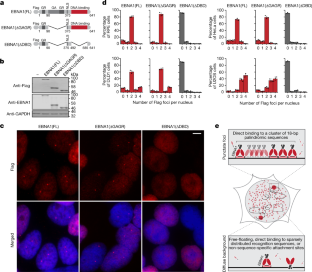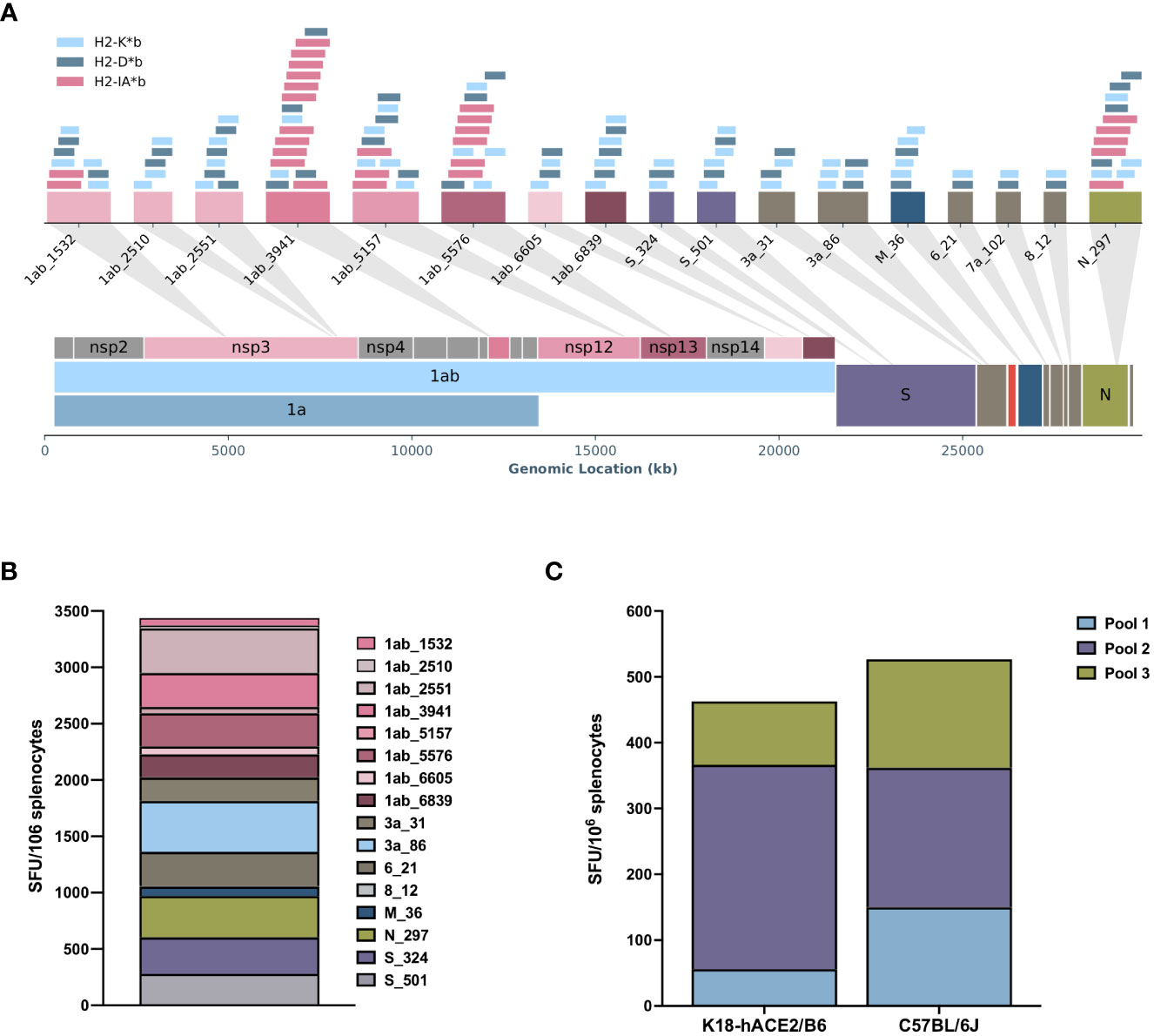2023-04-13 カリフォルニア大学サンディエゴ校(UCSD)
EBウイルスは唾液などの体液を介して簡単に感染し、90%以上の人が感染している。ウイルスは通常、小児期に感染し、伝染性単核球症を引き起こす。しかし、多くの場合は症状がなく、ウイルスは体内に潜伏または非活性化し、再活性化することがある。長期的な潜伏感染は、多くの癌と慢性炎症状態と関連している。
研究者たちは、EBウイルスがゲノムの弱点を利用してがんを引き起こす仕組みを明らかにした。ウイルスは、染色体11の脆弱な領域を切断し、がんを引き起こす遺伝子を活性化し、がんを抑制する主要な腫瘍抑制遺伝子を非活性化させることができる。
<関連情報>
- https://today.ucsd.edu/story/how-a-virus-causes-chromosomal-breakage-leading-to-cancer
- https://www.nature.com/articles/s41586-023-05923-x
EBVにコードされたEBNA1によるクラスター反復での染色体脆弱部位切断。 Chromosomal fragile site breakage by EBV-encoded EBNA1 at clustered repeats
Julia Su Zhou Li,Ammal Abbasi,Dong Hyun Kim,Scott M. Lippman,Ludmil B. Alexandrov & Don W. Cleveland
Nature Published:12 April 2023
DOI:https://doi.org/10.1038/s41586-023-05923-x

Abstract
Epstein–Barr virus (EBV) is an oncogenic herpesvirus associated with several cancers of lymphocytic and epithelial origin1,2,3. EBV encodes EBNA1, which binds to a cluster of 20 copies of an 18-base-pair palindromic sequence in the EBV genome4,5,6. EBNA1 also associates with host chromosomes at non-sequence-specific sites7, thereby enabling viral persistence. Here we show that the sequence-specific DNA-binding domain of EBNA1 binds to a cluster of tandemly repeated copies of an EBV-like, 18-base-pair imperfect palindromic sequence encompassing a region of about 21 kilobases at human chromosome 11q23. In situ visualization of the repetitive EBNA1-binding site reveals aberrant structures on mitotic chromosomes characteristic of inherently fragile DNA. We demonstrate that increasing levels of EBNA1 binding trigger dose-dependent breakage at 11q23, producing a fusogenic centromere-containing fragment and an acentric distal fragment, with both mis-segregated into micronuclei in the next cell cycles. In cells latently infected with EBV, elevating EBNA1 abundance by as little as twofold was sufficient to trigger breakage at 11q23. Examination of whole-genome sequencing of EBV-associated nasopharyngeal carcinomas revealed that structural variants are highly enriched on chromosome 11. Presence of EBV is also shown to be associated with an enrichment of chromosome 11 rearrangements across 2,439 tumours from 38 cancer types. Our results identify a previously unappreciated link between EBV and genomic instability, wherein EBNA1-induced breakage at 11q23 triggers acquisition of structural variations in chromosome 11.


